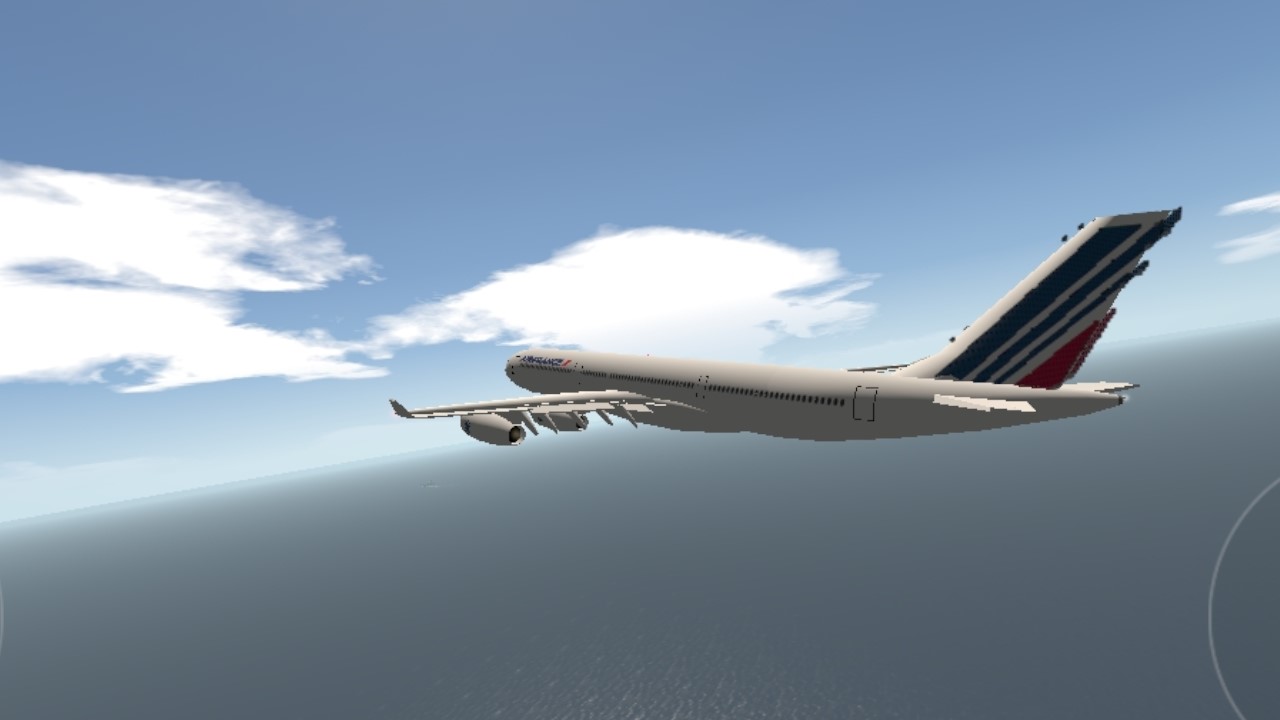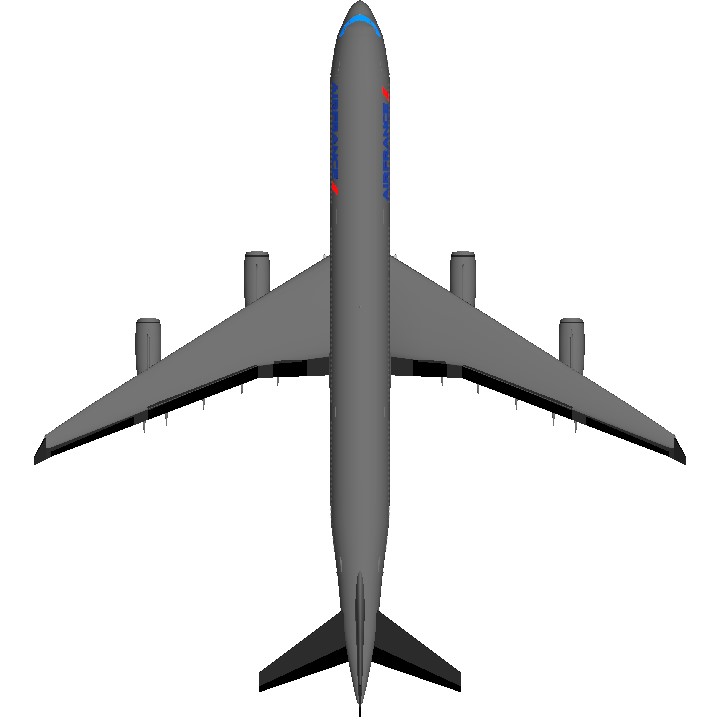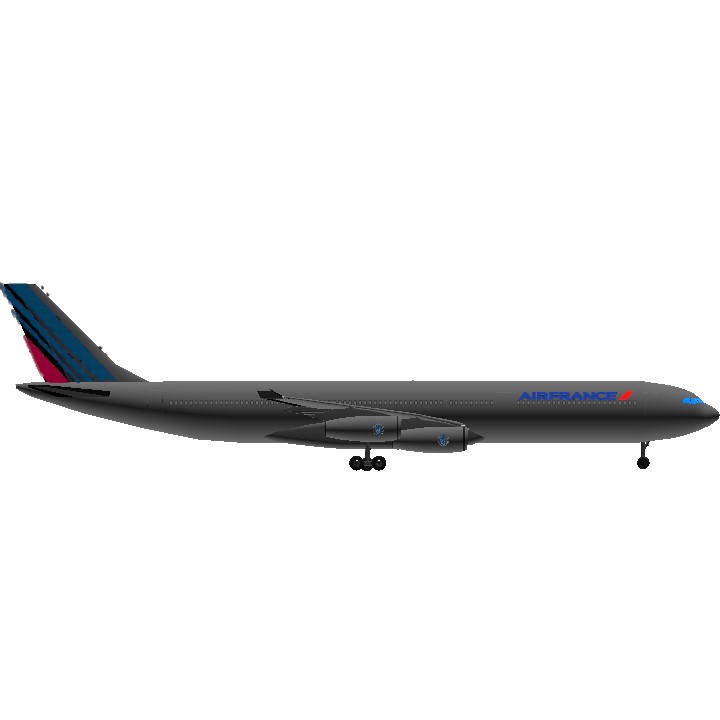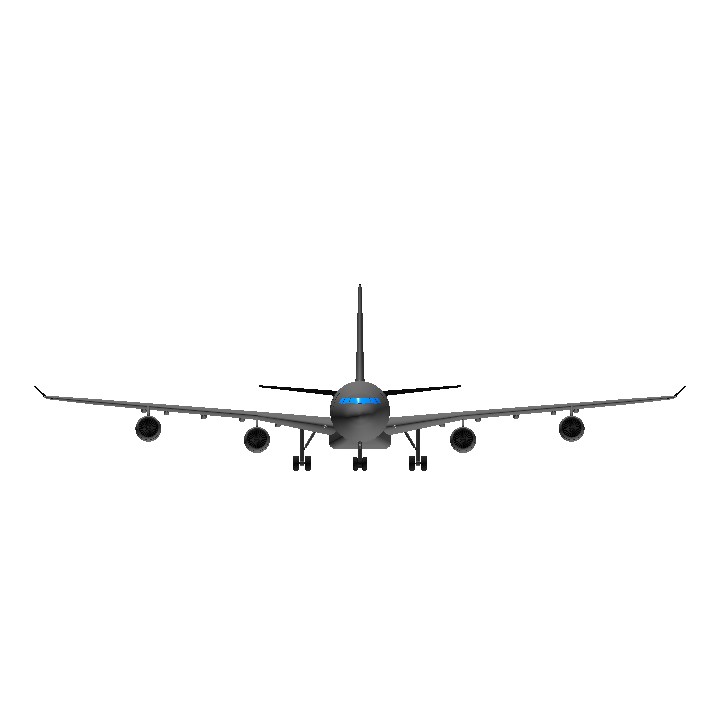Due to inclement weather, 540 flights departing and arriving at Pearson were cancelled. Many small and mid-sized aircraft due to arrive were diverted to other Canadian airports in Ottawa, Hamilton, and Winnipeg. Most of the larger aircraft were diverted to Montreal,[2] Syracuse, New York,[3] and Buffalo, New York. Flights from Vancouver were turned back. The crash of Air France Flight 358 was the biggest crisis to hit Toronto Pearson since the airport's involvement in Operation Yellow Ribbon.
Jean Lapierre, the Canadian Minister of Transport, referred to Flight 358 as a "miracle" because everyone on board survived, despite the aircraft's complete destruction.[4] Other press sources described the accident as the "Miracle in Toronto",[4][5] the "Toronto Miracle",[6] the " 'Miracle' Escape",[7] and the "Miracle of Runway 24L".[8]
The accident was investigated by the Transportation Safety Board of Canada (TSB), with a final report issued on 13 December 2007. The unfavourable weather conditions, and the poor landing decisions made by the flight crew, were found to be major factors leading to the crash. The visibility was poor, the assigned runway was short (the airport's shortest), the plane touched down nearly halfway through the runway and the thrust reversers were not on full power until 17 seconds after touchdown.
Air France Flight 358 was a regularly scheduled international flight from Charles de Gaulle Airport in Paris, France, to Toronto Pearson International Airport in Ontario, Canada. On the afternoon of 2 August 2005, while landing at Pearson airport, the Airbus A340-313E operating the route overran the runway and crashed into nearby Etobicoke Creek, approximately 300 m (980 ft) beyond the end of the runway.
Gallery:
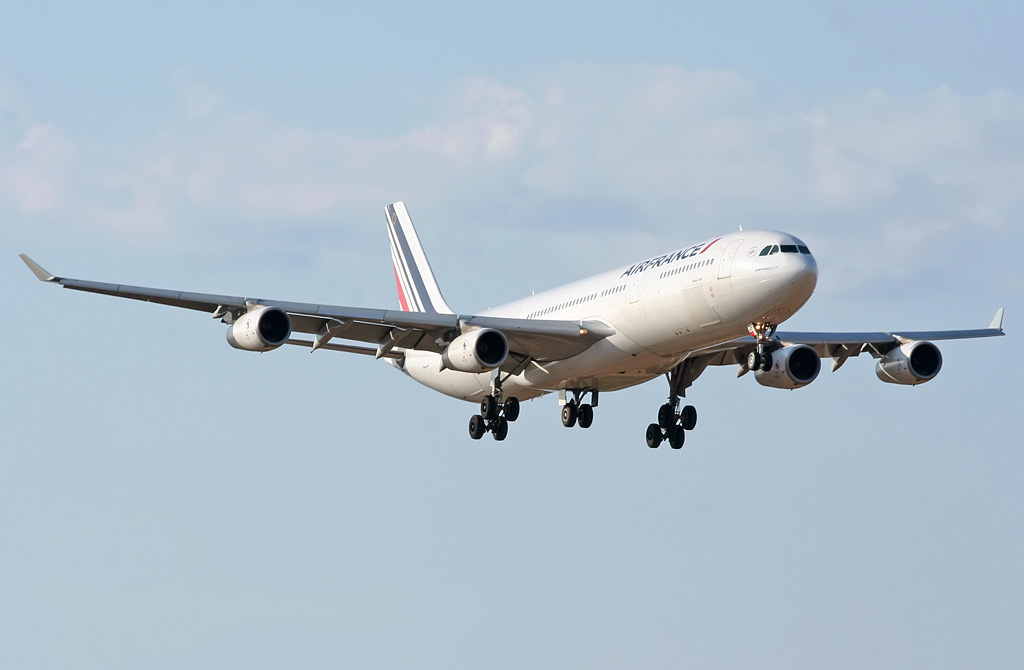

[Photo from Airlines.net]
Specifications
General Characteristics
- Predecessor Airbus A340-300 (322 parts)
- Created On Android
- Wingspan 190.0ft (57.9m)
- Length 210.3ft (64.1m)
- Height 66.1ft (20.1m)
- Empty Weight N/A
- Loaded Weight 75,481lbs (34,237kg)
Performance
- Power/Weight Ratio 4.546
- Wing Loading 19.0lbs/ft2 (92.5kg/m2)
- Wing Area 3,982.1ft2 (369.9m2)
- Drag Points 3154
Parts
- Number of Parts 330
- Control Surfaces 9
- Performance Cost 1,879

